Inside: Discover how project based learning in kindergarten can be a rich alternative to teaching with themes, while also helping children develop important future ready skills.
Why Didn’t Themes Work for Me?
I was caught in the theme trap for a long time. And I know why.
Like many teachers, I longed to tie up the loose strands of my kindergarten curriculum with a fun, thematic “bow.” With a weekly theme, it was easy to find books, songs, crafts and activities to share with my kids and it helped me organize my materials into thematic file folders, binders, and bins.
On paper, it looked tidy, but in practice, it felt disconnected and messy. The themes themselves, apples, pumpkins, or turkeys, lacked depth, were loosely connected to standards, and weren’t chosen with any real purpose.
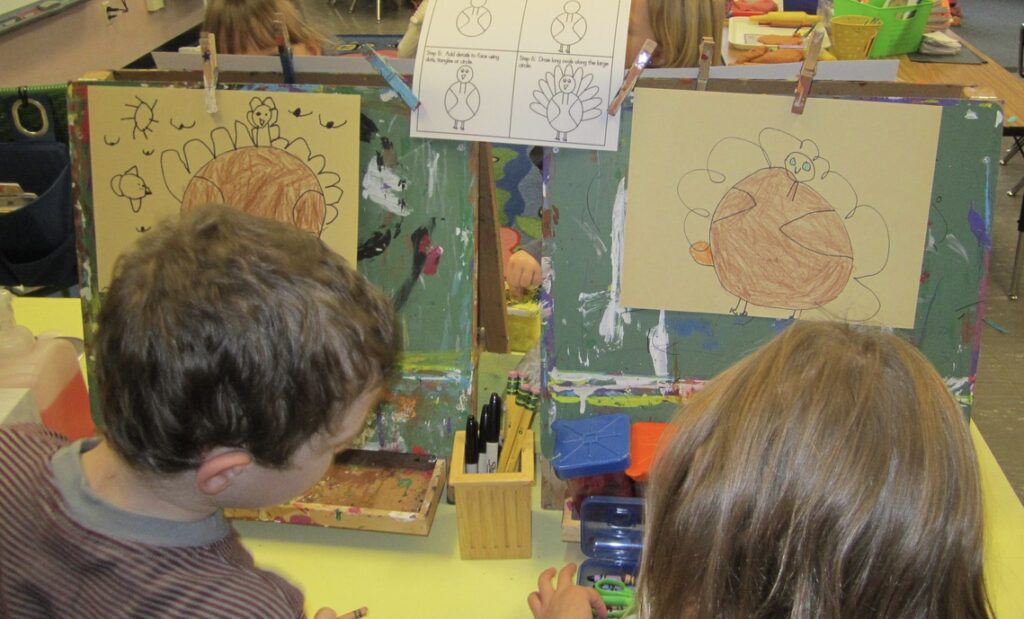
The integrated activities were engaging, but didn’t always match the sequence of instruction that my kindergarteners needed. And if children’s interest in a theme or activity was high, it really didn’t matter. Because theme teaching was time bound and lacked flexibility, so when a new week rolled around, there was a new theme waiting, whether we had fully explored the previous one or not.
Why Try Project Based Learning?
Looking for a better way to organize my curriculum, I began to study various early childhood approaches. Many of them were built around emergent curriculum and project work. I started to envision a new type of classroom where children were given the agency to explore their interests and their thoughts and ideas were valued. I read many books (find a list HERE) and took courses to try and figure it all out. No one book had all the answers, but together they gave me much food for thought and many things to try and I learned from just watching the kids and reflecting on those experiences.
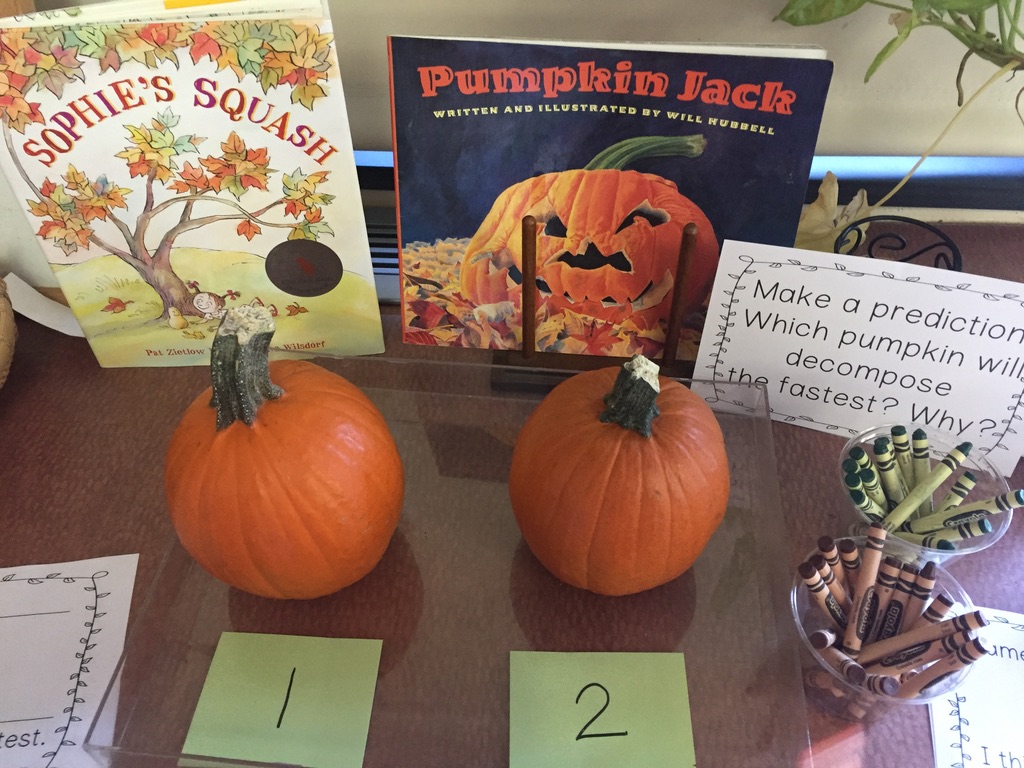
I also learned that doing projects, wasn’t just a good way to organize curriculum. More importantly, projects help children develop future ready skills, such as creativity, communication, collaboration and critical thinking, that prepare them for life. This made project based learning a much better vehicle than thematic teaching, if my big goal was to prepare them for the future – and it was!
So how did I make the transition? The first step was to understand what was meant by the term “project.”
What is a Project?
When I began reading about project based learning in kindergarten, most definitions seemed complicated and lofty for the littles. They were certainly valid, but they just didn’t move me forward. So, rather than share those, I’ll tell you how I came to understand project work in a course with Julianne Wurm, author of Working in the Reggio Way.
And THIS is what caused a huge shift in how I began to look at curriculum and teach.
We live in a world of projects. If you are doing your taxes, planning a wedding or painting your bathroom, you are doing projects. Some projects are short and might last only a few days. Some might last longer – for weeks, months, or even a year. We don’t work on these projects every single day. We dip in and out of them over time. While we are doing these projects, we are researching, learning new skills, collaborating with others, getting feedback, and more. And we are clear about our end goal and know when we have met it.
This I understood. I began to see my own life through the project lense. I was organizing my closet, trying to cook low-carb, and buying a new car. All of these projects were experiential, had a clear end goal, involved some form of research and were rich with learning.
What Does PBL Look Like in Kindergarten?
I know saw projects as a complete experience, made up of a series of related steps. And I knew that projects weren’t just for adults. Kids were very capable of planning and carrying out their own projects too. This new understanding helped me see possible projects everywhere, in my curriculum, in my community, and in the hearts and minds of my children.
Transforming my plant theme into a plant project seemed an easy place to start, because it already included an experience -planting seeds. I began by looking at the steps involved and putting those in the hands of the children. Here’s an example of that plant project:
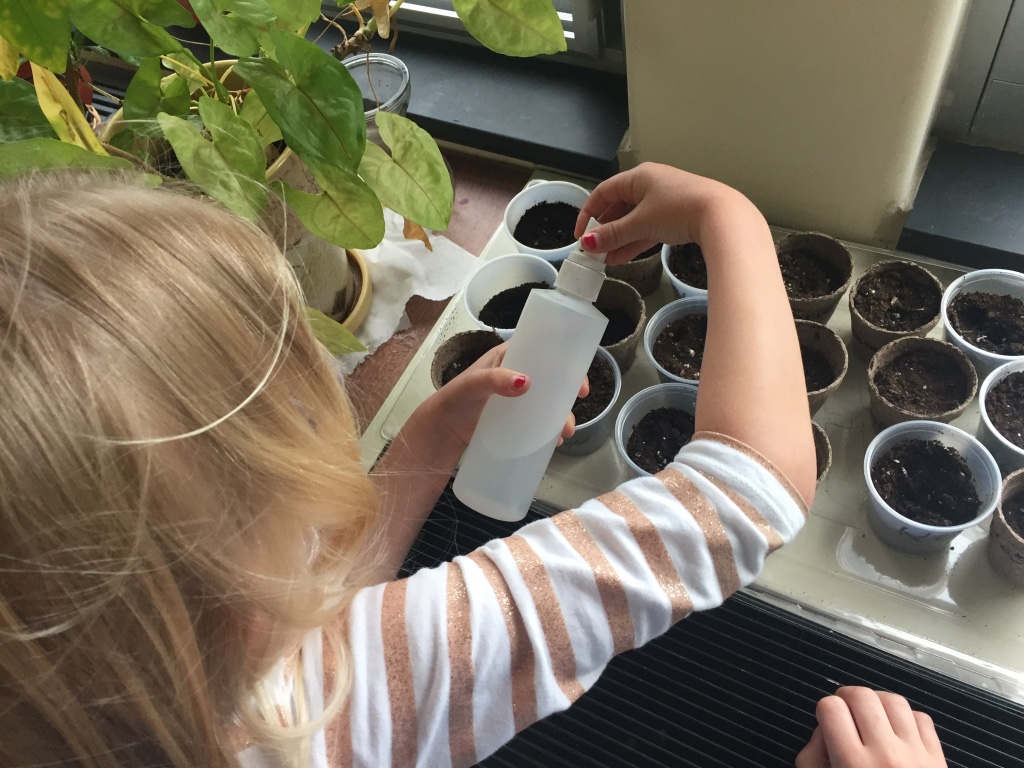
The children were exposed to an “entry event” which included exploring different kinds of seeds and thinking about the driving question, “How will you grow a plant?” They chose their own seeds and did research about that plant and took notes on what it would need to grow. They created plant markers to label their plants and decided on the best spot for their plant in the classroom. They developed a watering schedule and carried it out themselves. They regularly observed and measured their plant growth and recorded it in a journal. And when the plants had grown, they reflected on how well it grew, told what they might do differently next time, and took it home to share with their families.
And they didn’t just work on their plant project during science time. The nature of project work is ongoing and they returned to it over and over again when it made sense to do so. They came in each morning and checked on the growth of their plant. Then, they watered it each day before they went home. Once a week, during their math block, they observed and measured their plant growth in their journal.
And just like adults, they had many projects going on at once. The were growing seeds, planning a surprise for their school nurse, and designing a new game for the class to play with sight words.
Individual or Small Group Projects
Most often, our projects involved the whole class. But sometimes they arose for small groups or individual students. During choice time centers, a group of kids explored the question, “Which top will spin the longest?” They returned to this work over and over again, testing things out, recording results, and sharing their findings with the class.
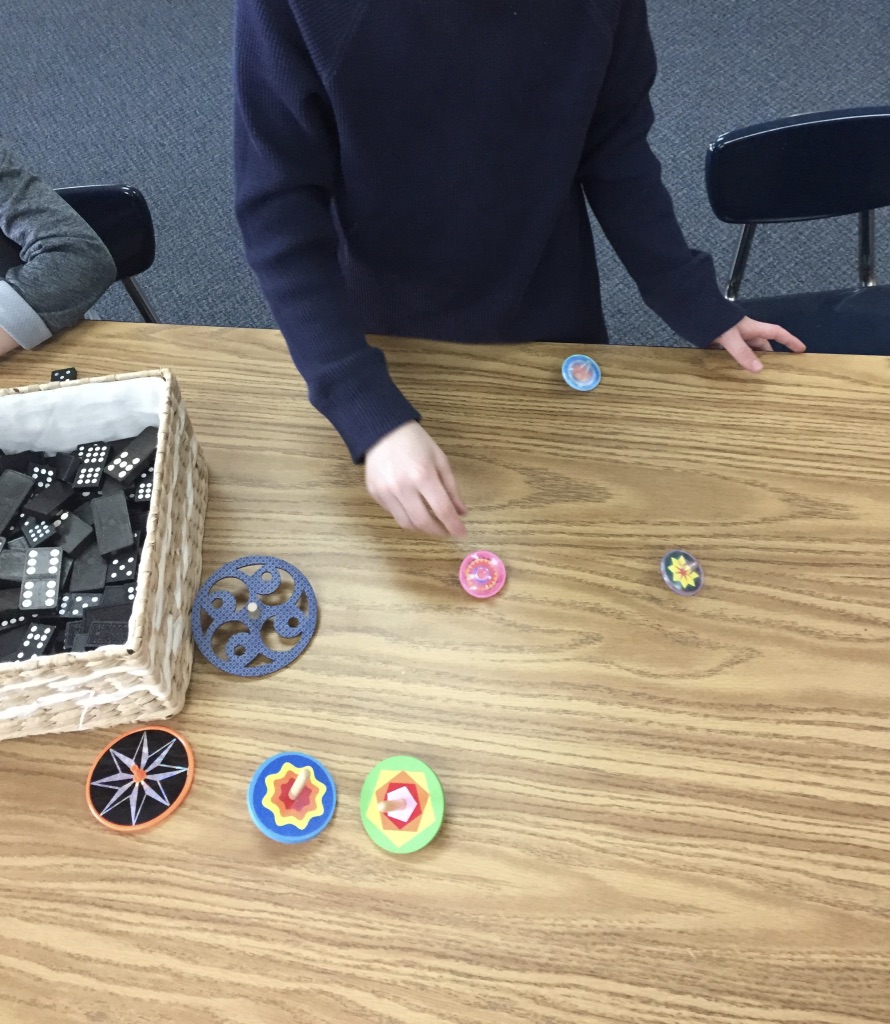
Or, an individual might do a project. Once student discovered a wooly bear caterpillar on the playground, brought it inside, and did some research to determine what it needed in its habitat.

How Do I Plan for Project Based Learning in Kindergarten?
Leaving themes behind, has allowed me to explore project based learning in kindergarten and discover a whole new way of organizing my curriculum and instruction. Now, when I create a curriculum map for the year, it isn’t structured around weekly themes, but rather includes units, routines, and projects that provide a nice balance between direct instruction of foundational skills and opportunities for exploration and discovery.
Some projects, such as our Bald Eagle Research and Bubble Wand Projects, are teacher led and planned for ahead of time. These are known as intended projects.
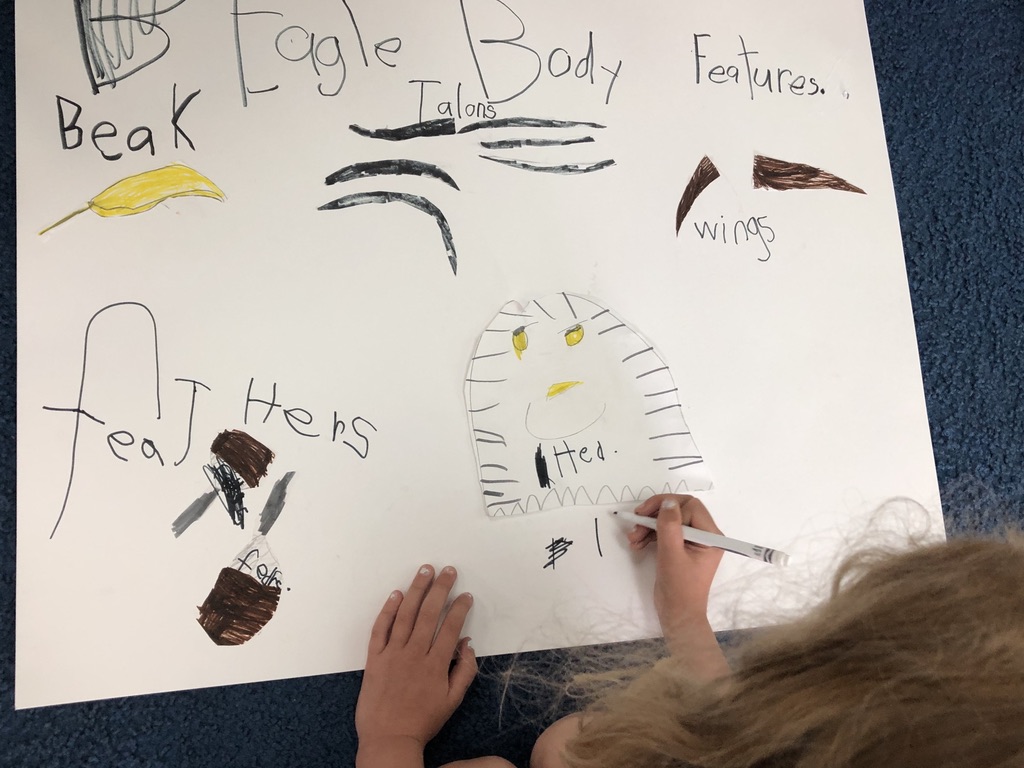
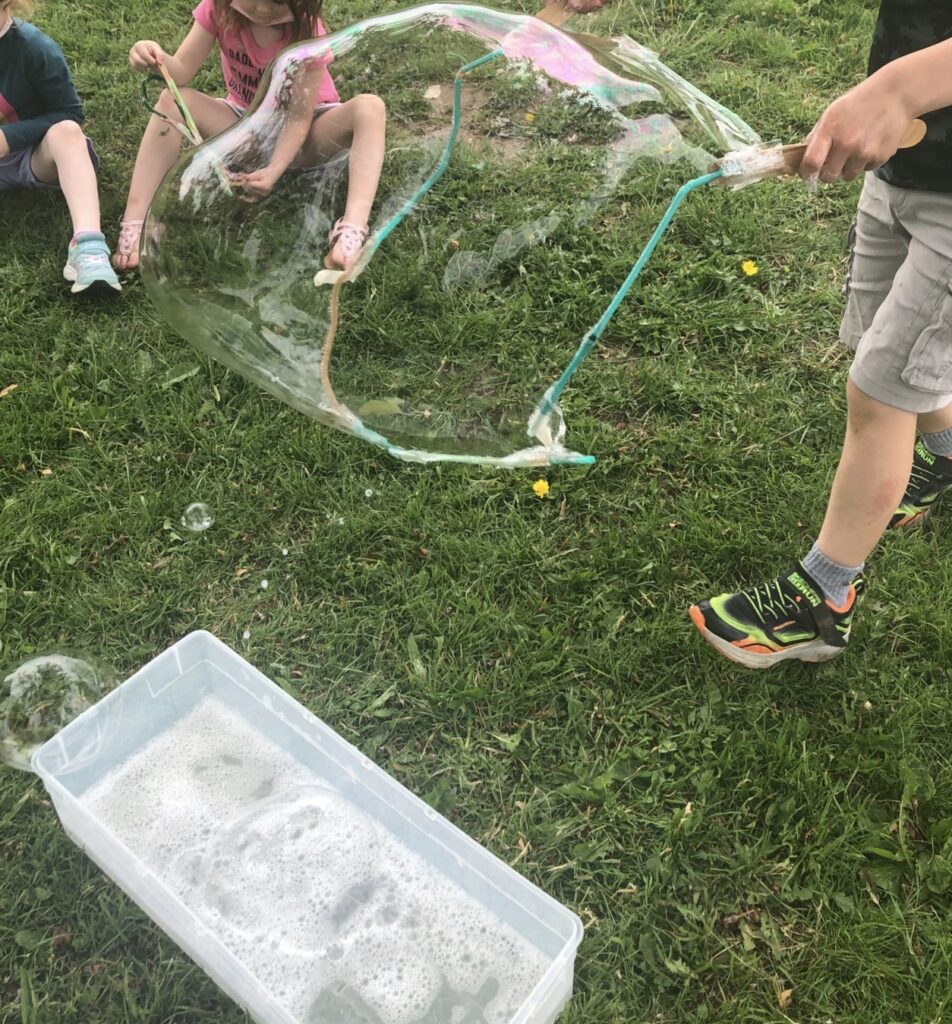
Others, are student led and arise naturally from children’s thoughts, ideas, questions, and interests (Check out Can We Do Whatever We Want in School? to see an example of this)
Either way, there are always projects going on to keep kids excited about coming to school and experiences, that not only help them meet standards, but develop lifelong skills that better prepare them for the projects they will do as adults.
For more information on all things kindergarten, visit the Roots & Wings resource library.
This post contains affiliate links. Roots & Wings is a participant in the Amazon Services LLC Associates Program, an affiliate advertising program designed to provide a means for sites to earn advertising fees by advertising and linking to Amazon.com.


 Growing Our Thinking Around Matter
Growing Our Thinking Around Matter Earth Heroes: A Kindergarten Earth Day Project
Earth Heroes: A Kindergarten Earth Day Project 5 Must-Have Materials for Your Kindergarten Block Center
5 Must-Have Materials for Your Kindergarten Block Center How to Use Your Classroom Science Center to Help Kids Think and Act Like Scientists
How to Use Your Classroom Science Center to Help Kids Think and Act Like Scientists